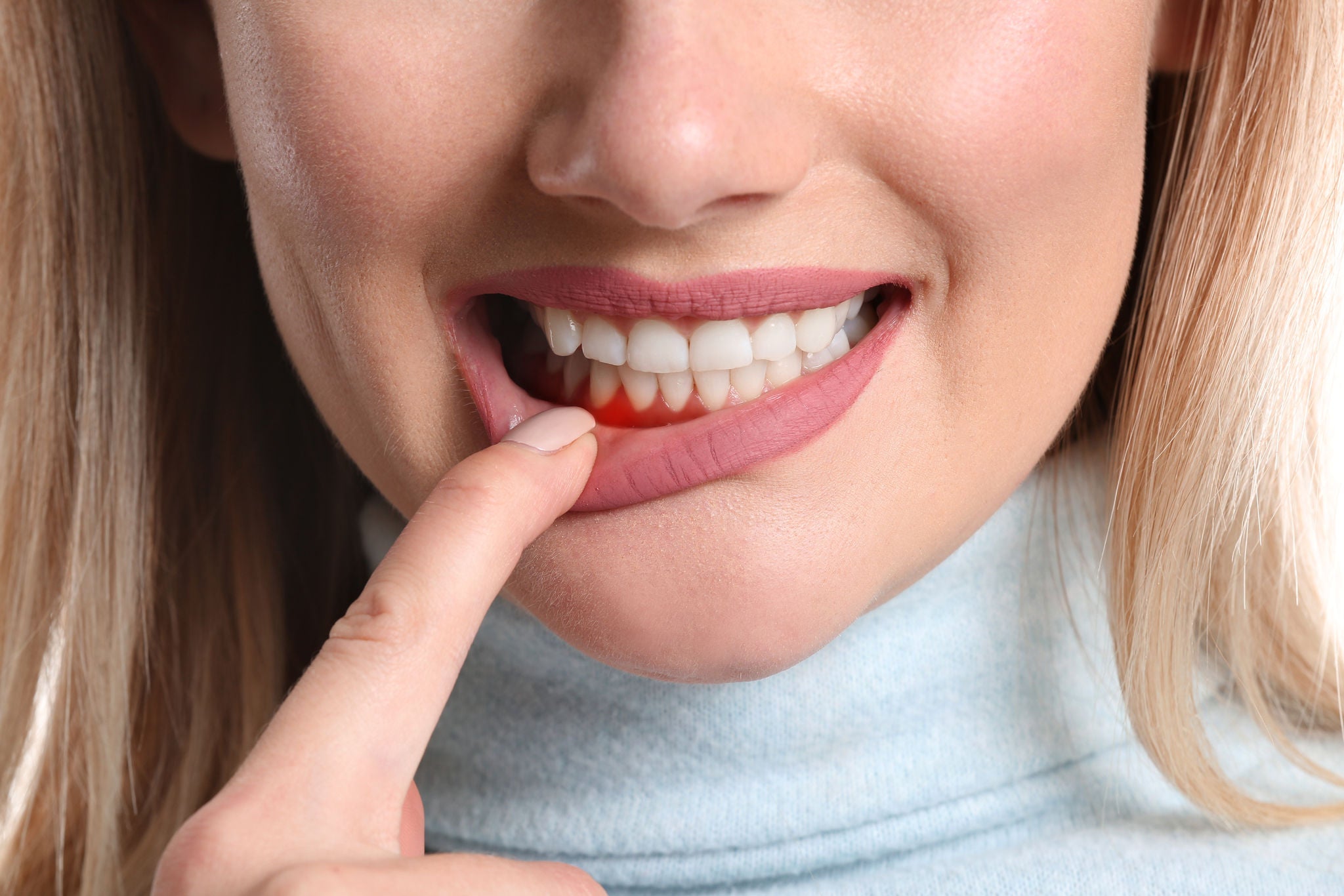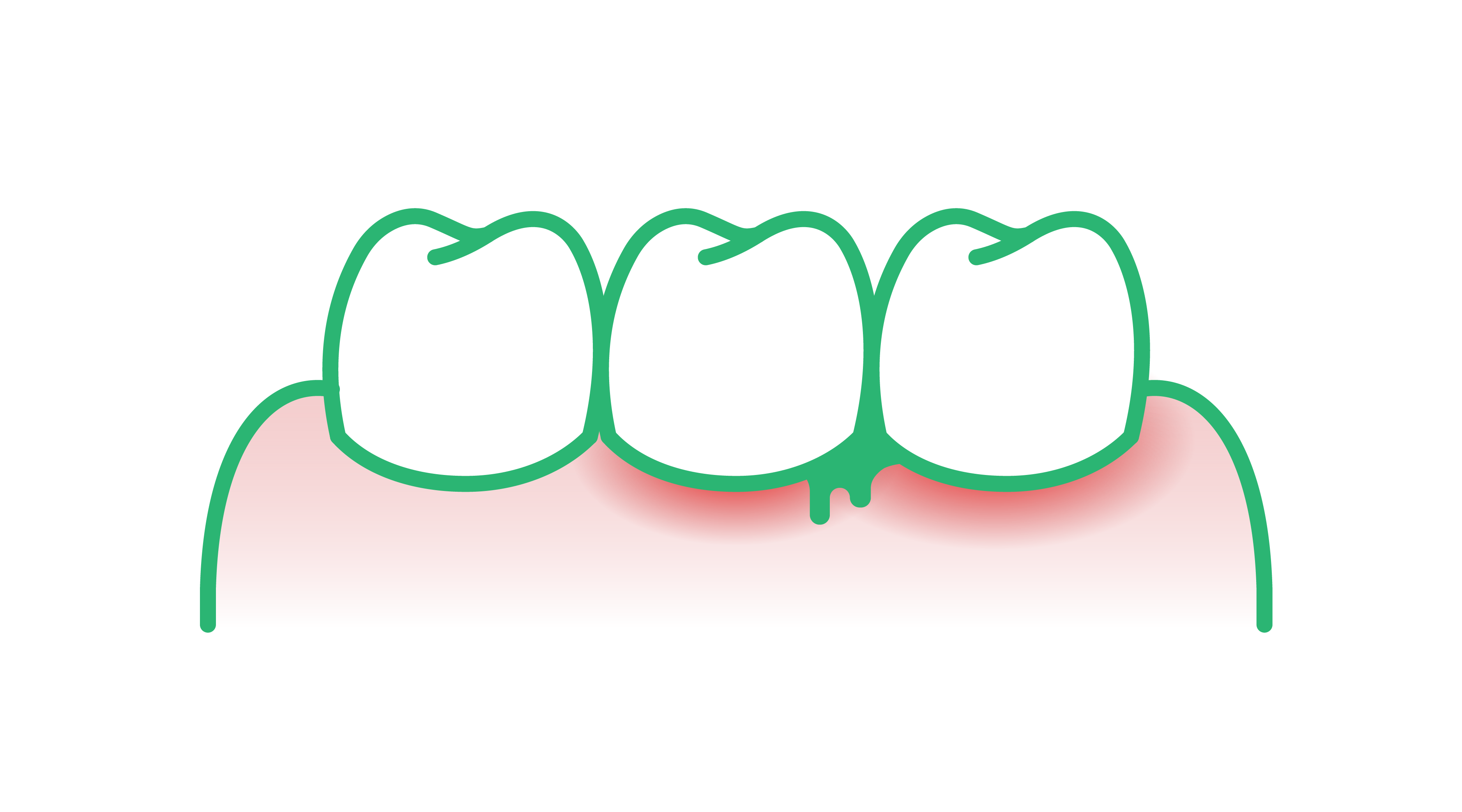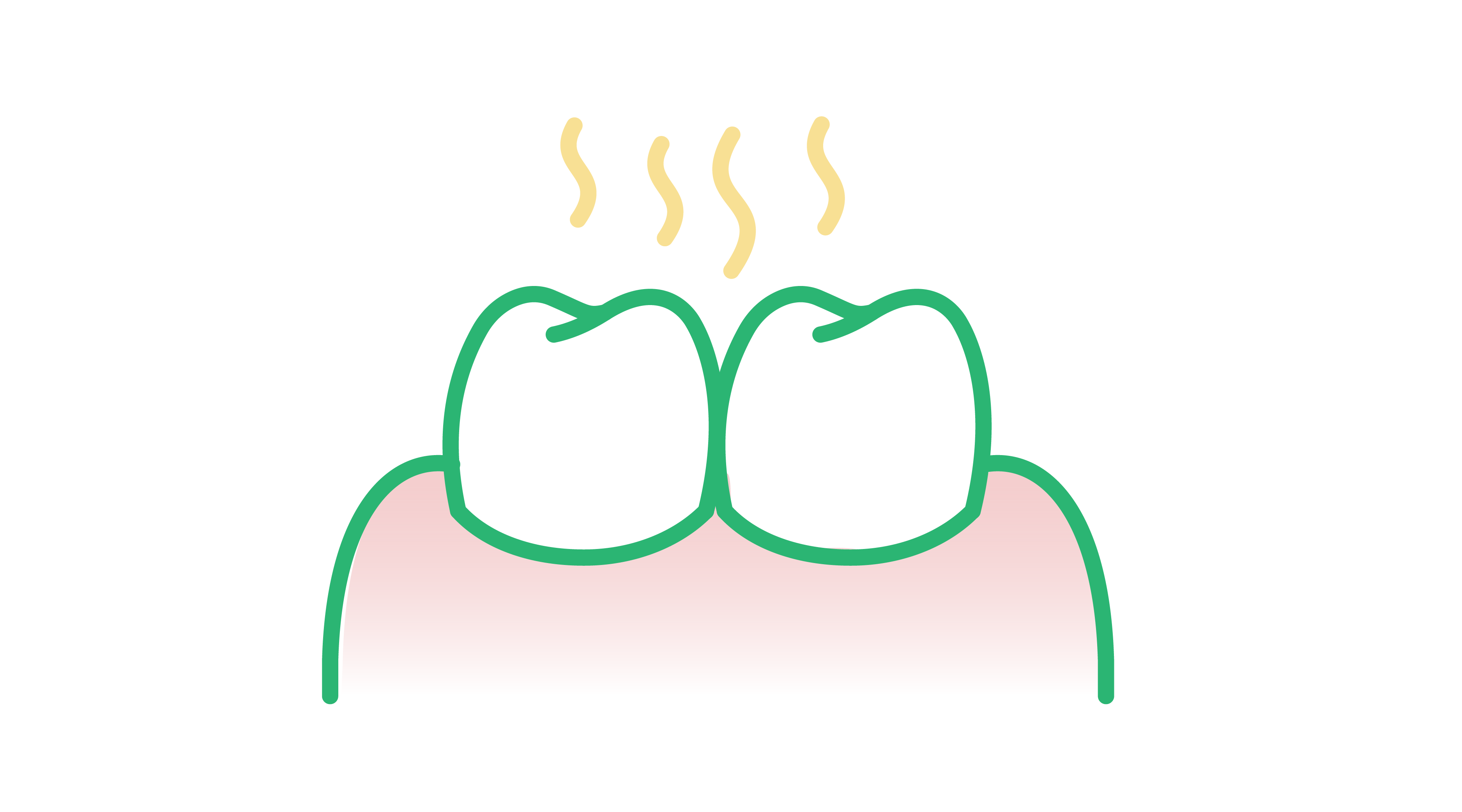
How Eating Disorders Affect Teeth and Oral Health
Eating disorders are serious mental health conditions related to eating behaviors that negatively impact whole-body health.

Those who suffer from eating disorders experience a disruption in their eating habits brought on by negative thoughts and emotions around weight, body shape, and food.
If left untreated for too long, this disordered eating can lead to health issues and diseases affecting the heart, digestive system, bones, teeth, and mouth.
While proper care and treatment for the psychological aspects of eating disorders is a primary concern, it may also be important to understand how eating disorders impact oral health.
The most common eating disorders
The three primary forms of eating disorders are anorexia nervosa, bulimia nervosa, and binge eating. Each of these eating disorders has its own symptoms and affects body and oral health in different ways.
Anorexia nervosa
Commonly referred to as simply anorexia, this eating disorder creates in sufferers a fear of gaining weight. Individuals also perceive their body weight and shape in a negative way, no matter how much weight is lost. Individuals with anorexia go to extreme measures to control their body composition through behaviors such as excessive exercising, starvation, laxative use, or vomiting after eating – also known as purging.
Because these behaviors restrict nutrients in the body, anorexia can cause a number of significant health issues, including damage to the heart, bones, and teeth.
Anorexia is the second deadliest mental health disorder after substance addiction and can affect people of any gender, age, or weight.
Bulimia nervosa
Typically referred to as bulimia, this condition is the second most dangerous eating disorder after anorexia. Bulimia is characterized by periods of binge eating – rapidly consuming food in excess – followed by purging.
People with bulimia often feel they are unable to control their eating behaviors and attempt to exert control through restricted eating. This prolonged restriction can lead to binge eating followed by purging or use of laxatives to remove the recently consumed calories from the body before they can be converted to fat.
Unfortunately, this means nutrients are also lost during the purging process, leading to a state of malnutrition.
Binge eating
The third-most common form of eating disorder is binge eating. People who suffer from binge eating often eat when not hungry, eat a larger quantity of food than intended, or eat past the point of feeling full, in spite of any discomfort. Unlike anorexia and bulimia, there is no effort on the part of a person suffering from binge eating to engage in behavior such as extreme exercising or purging. However, due to feelings of shame or embarrassment, binge eating can often occur when the individual is alone, and they may try to hide their binge eating.
How eating disorders affect oral health
There is overlap in how each of these eating disorders impacts oral health, here are the main behaviors that lead to oral damage.
Malnutrition
A balanced diet is required to maintain whole-body health. Restricted diets and prolonged purging that deprive the body of much-needed nutrients can lead to a number of oral health concerns. Malnutrition causes an imbalance in the oral microbiome, diminishing resistance to harmful bacteria and reducing the ability of the tissue to heal properly. In addition, salivary gland function may be negatively affected. These conditions can lead to issues such as weakened, broken, and loose teeth, mouth sores, cracked lips, chronic dry mouth, and bleeding gums.
Purging
Since the process of repeated purging exposes the oral cavity to excessive and sustained amounts of stomach acid, purging has a more serious impact on oral health than any other disordered eating behavior. The act of purging causes stomach acid to regularly come into contact with the back side of the front teeth, causing a thinning of the enamel that can lead to increased sensitivity and chipping. Other ways in which purging can harm teeth and overall oral health include:
- Impaired swallowing due to esophageal tearing from repeated vomiting
- Sores on the soft tissues of the mouth
- Bleeding, receding gums linked to a frequent and aggressive tooth-brushing habit, and gingivitis
- Reduced saliva production
- Bad breath
Bleeding gums


Bad breath


Tooth-brushing at the wrong time can also exacerbate damage from purging. When teeth are brushed immediately after vomiting, mechanical erosion adds to the acid-related erosion and potentializes it.
Excess consumption of sugars
While binge eating is the least life-threatening disordered eating behavior, there is still an increased risk to the sufferer’s oral health due to the secretive nature of binge eating.
A person who hides their eating is less likely to brush after a binge, leading to plaque accumulation and tooth decay.
Dental treatments for teeth damaged by eating disorders
Eating disorders can have severe consequences on oral health, including tooth decay, erosion, and gum recession. By talking to a dentist, individuals with an eating disorder can receive the care and support they need to promote oral health and overall well-being.
Dental education for patients in recovery
Treating disordered eating is often done using a multidisciplinary approach, with care teams composed of psychologists, nutritionists, and dentists. Together these care teams can create a comprehensive treatment plan that addresses all aspects of an individual's recovery
Dentists are equipped to have discrete conversations about how to establish oral health rituals at home that aid in improving overall oral health. They will review the steps of a healthy home dental ritual, including, interdental cleaning, twice-daily brushing and rinsing with mouthwash.
Habits developed during the course of an eating disorder, such as over-brushing, aggressive brushing, and brushing right after purging, contribute to damaging both the teeth and gums.
Dentists can demonstrate the appropriate brushing technique, brushing frequency and amount of pressure to use while brushing and share other personalized insights into how to reduce additional damage throughout the recovery process.

Follow our 3 steps for the best oral care routine:
- Gently and effectively clean where a toothbrush can’t, using a gentle interdental brush.
- Brush teeth to keep them looking and feeling healthy, clean and radiant.
- Rinse with a gentle mouthrinse to strengthen your teeth and gums and prolong the effects of your good brushing.
Dentin hypersensitivity
Dentin hypersensitivity is characterized by sharp pain or discomfort in the teeth when exposed to things like cold or hot temperatures, acidic or sweet foods, or when brushing.
Worn and damaged enamel and receding gums can cause dentin hypersensitivity. For individuals with eating disorders, these conditions are brought on by excessive purging and aggressive brushing.
Home treatment for dentin hypersensitivity requires the use of specialty dental products such as desensitizing toothpaste or mouthwash. For in-office treatment, dentists can apply desensitizing agents and address the source cause of the increased sensitivity through interventions such as remineralization, resin restoration, and soft tissue surgery.
Remineralization
Reduced saliva production can be a symptom of both malnutrition and purging. Saliva plays a vital role in the natural remineralization of teeth by delivering minerals like calcium, phosphorus, and fluoride to the surface of weakened teeth. These minerals are deposited on the teeth and repair the enamel, keeping teeth more resistant to cavities. Dentists can accelerate the remineralization process through the application of fluoride treatments.
Soft tissue surgery
Soft tissue surgery can be used as part of a comprehensive treatment plan for individuals suffering from gum recession and hypersensitivity on exposed roots of teeth. The most common types of soft tissue surgeries include gum graftsand periodontal plastic surgery to cover roots of teeth that were exposed due to gum recession and to reshape the gums and improve their overall appearance. Soft tissue surgery is typically performed once an individual no longer has an active eating disorder.
Crowns
Some teeth that have been weakened and damaged beyond the point of repair through fillings and remineralisation can be strengthened with a crown. The process for crowning a tooth involves mechanical reshaping of the damaged tooth and application of an artificial cap attached with dental cement. This cap, or crown, acts as a new, strong chewing surface. Materials used to make crowns range from various metals to ceramics to a combination of both.
Dental health is possible after disordered eating
Recovery from an eating disorder is a process that involves treatment for the psychological condition as well as the whole body. A dentist can guide patients in recovery through the process of regaining their oral health. Repairing damaged teeth is not simply a matter of cosmetics. When teeth are strengthened and repaired, there is one less barrier to healthy eating.
If you or someone you know struggles with disordered eating, there is hope for returning to whole body health. Make sure dental care is part of the complete recovery plan.


